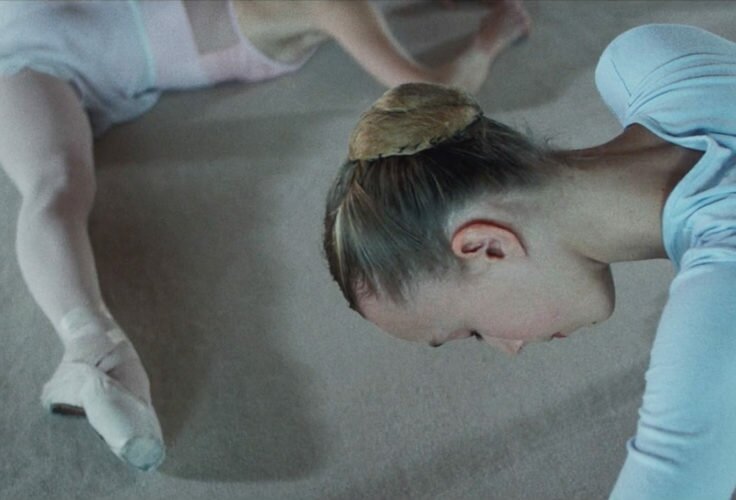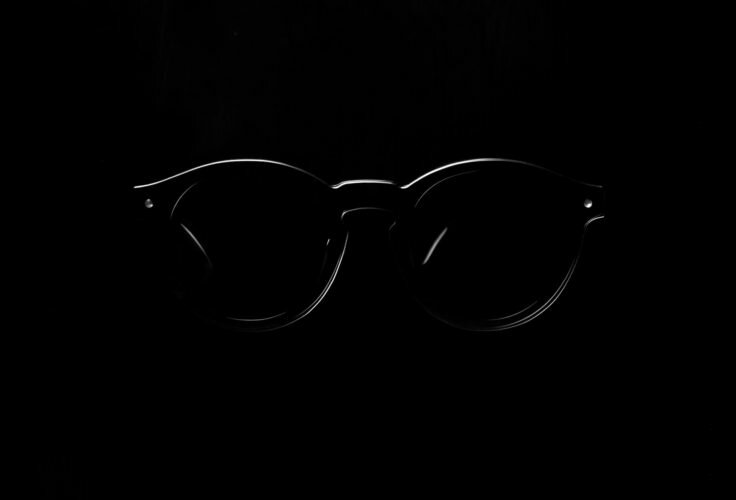Artículos
When you’ve been studying history of graphic design for years, you realise that there are certain mysterious gaps. Some things are missing.
Some posters, some record covers and some logos generally inscribed in the collective unconscious don’t appear on the “official” reference books on the subject. You start realising as well, volume after volume, that historians have taken as landmarks other “official” books, and the editors of such books often decided to include on them the works they had either closer at hand or were more familiar with (because they appeared on the field’s award winner yearbooks).
All this entails a disproportionately larger presence of designers based in New York or London in them, for example. And you always doubt whether for decades there really was nothing else interesting enough, apart from an occasional monograph, in any other countries.
Art Chantry, a designer from the northeast of the US, earned his place some time ago in the history of design. His graphic work always stood out by his appropriation of long-forgotten graphic artifacts to which he granted new interpretations and meanings.
For some years, Art has used as a blog on which to keep posting his theories, often controversial, about such artifacts. Facebook is always a test-tube for his essays: sometimes he’s been able to gather new data for them thanks to his followers, and other times he’s managed to raise debate. In any case, he’s caused enough reactions to get his essays compiled and published: Art Chantry Speaks: A Heretic’s History of 20th Century Graphic Design.
The book recovers people like , master of “monster lettering”, or Cal Schenkel and his surrealist works as (literally) the in-house designer for Zappa; leading figures that had a great influence on generations of graphic designers but never belonged to the renowned elite of the field.

Probably the most representative and heretical of all his essays is the one dealing with the origin of one of the most ubiquitous images of the 20th century: Happy Face or Smiley. This yellow face has been reinvented to represent different things along the way: an insurance company, a political campaign, a radio station, a music style, and so forth. Even though its authorship was attributed to Harvey Ball at the beginning of the 1960s, Chantry finds similar precedent designs as far back as 1922. But for Chantry, attributing authorship is not the most important thing. As , author of Watchmen (where he used the Smiley too, but covered in blood) pointed out: “It’s just a yellow field with three marks on it. It couldn’t be more simple. And so to that degree, it’s empty. It’s ready for meaning. If you put it in a nursery setting…It fits in well. If you take it and put it on a riot policeman’s gas mask, then it becomes something completely different.”
Art’s final conclusion is that, with each new incarnation, Happy Face acquires new meaning and, for that reason, the original author ceases to be of importance. That is the heresy suggested in the book: we should stop writing the history of design as if it were history of art and start explaining it as a language. Alive and ever changing. It’s about time our profession got rewritten.
Share





















